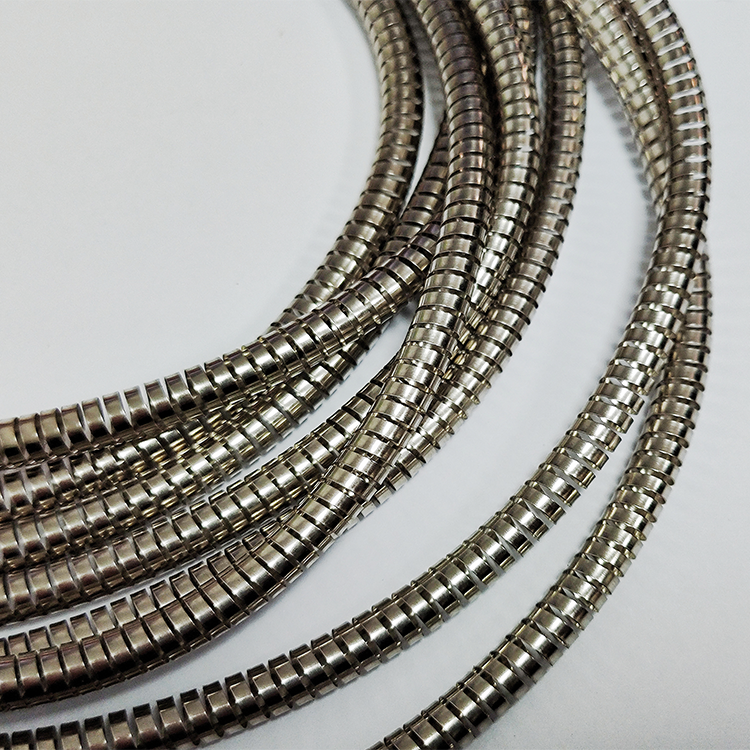Silver plated springs and non-silver plated springs refer to two different types of springs based on their surface treatment.

①Conductivity: These springs have better conductivity because silver is an excellent conductive material. This allows silver plated springs to provide lower resistance and better current conductivity. Springs without silver plating may have high resistance and may not be suitable for applications that require high conductivity.
②Appearance and aesthetics:They usually have a shiny surface, providing better appearance and aesthetics. This is important for applications that require certain requirements for spring appearance. In contrast, springs without silver plating may have a more ordinary appearance.
③Cost:They usually have a higher cost than non silver plated springs, as the silver plating process requires additional process and material costs. Springs without silver plating may be more competitive in terms of cost.
④Material composition: The surface of the silver-coated spring is covered with a layer of silver or silver alloy coating. Silver is a precious metal characterized by high electrical conductivity, thermal conductivity and corrosion resistance. Non-silver-coated springs are usually manufactured from spring steel or other metallic substances, lacking a silver coating on the surface.
Overall, silver plated springs have some advantages in corrosion resistance, conductivity, and appearance, but they also come with higher costs. It is necessary to choose suitable silver plated or non silver plated springs based on specific application requirements and budget considerations.